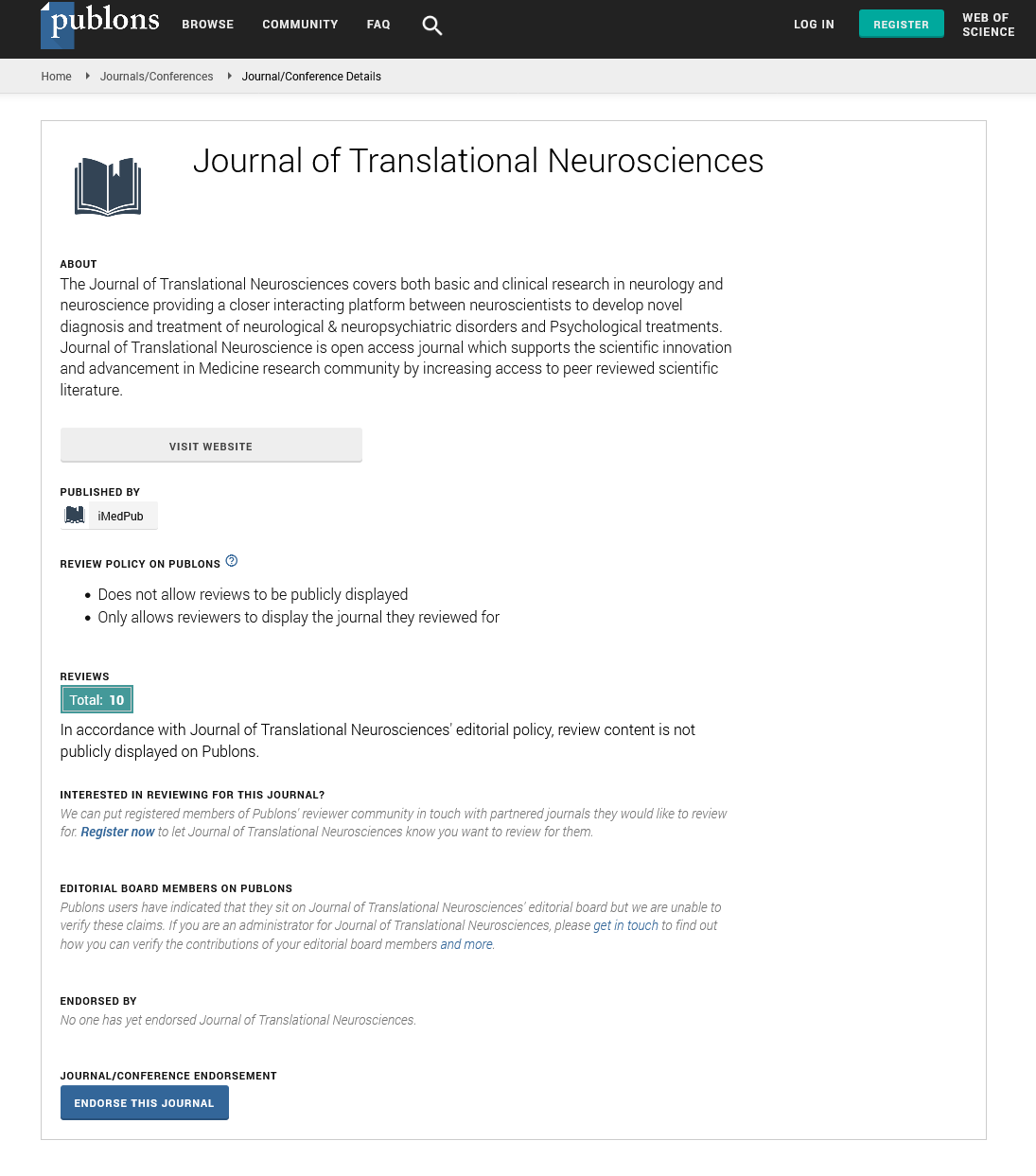Abstract
Identification of new selective BK1R bradykinin analogs and evaluation of their Antiproliferative activity on human Cancer cell lines
Bradykinin (BK) (Arg-Pro-Pro-Gly-Phe-Ser-Pro-Phe-Arg) performs many functions in normal and pathological physiology through G-protein coupled receptors (GPCR) that have been pharmacologically classified as a kinin receptor subtype 1 (B1R) and kinin receptor subtype 2 (B2R). Numerous reports indicate that BK is involved in a number of processes related to cancer progression, and bradykinin antagonists have been tested for anti-tumor activity. However, the role of kinin receptors as potential targets in cancer therapy is still being studied, and the search for a new generation of selective BK receptor ligands is in progress. A number of new ligands for the above-mentioned receptors have been synthesized and tested in the present study. To assess the functional activity (EC50 and IC50 assessment) of these ligands at BK1 and BK2 receptors, two cell lines overexpressing the human BK1 or BK2 receptor in HEK 293 cell lines were prepared. The activity of these compounds was tested in a homogeneous time-resolved fluorescence assay for IP1 (IP-One HTRF; Cis-bio). Five of the tested compounds showed antagonistic properties at the BK1 receptor, and these compounds were selected for further evaluation in in vitro experiments, including the cell proliferation test by using an MTT assay and caspase-3 activation test on human cancer cell lines (glioblastoma astrocytoma U-87 MG, neuroglioma HTB-148, and small-cell lung carcinoma SHP-77). The compounds for which the most encouraging results were obtained in in vitro tests; i.e.,showing a promising bioactive potential against cancer cells, were adsorbed atthe solid/aqueous solution interface and spectra were measured by surface-enhanced Raman scattering (SERS). Different metallic surfaces (metal and metal oxide surfaces of different sizes and shapes of surface porosity) that significantly enhance the Raman signal for molecules on or near theirsurface, played the role of a solid. Thisis because SERS is a potential tool for modeling ligand-receptor interaction.
Author(s):
Grzegorz Burnat , Helena Domin , Agnieszka TÄÂ…ta, Adam Prahl and Edyta Proniewicz
Abstract | PDF
Share this

Google scholar citation report
Citations : 46
Journal of Translational Neurosciences received 46 citations as per google scholar report
Journal of Translational Neurosciences peer review process verified at publons
Abstracted/Indexed in
- Google Scholar
- JournalTOCs
- China National Knowledge Infrastructure (CNKI)
- Publons
- Secret Search Engine Labs
- Euro Pub
Open Access Journals
- Aquaculture & Veterinary Science
- Chemistry & Chemical Sciences
- Clinical Sciences
- Engineering
- General Science
- Genetics & Molecular Biology
- Health Care & Nursing
- Immunology & Microbiology
- Materials Science
- Mathematics & Physics
- Medical Sciences
- Neurology & Psychiatry
- Oncology & Cancer Science
- Pharmaceutical Sciences


